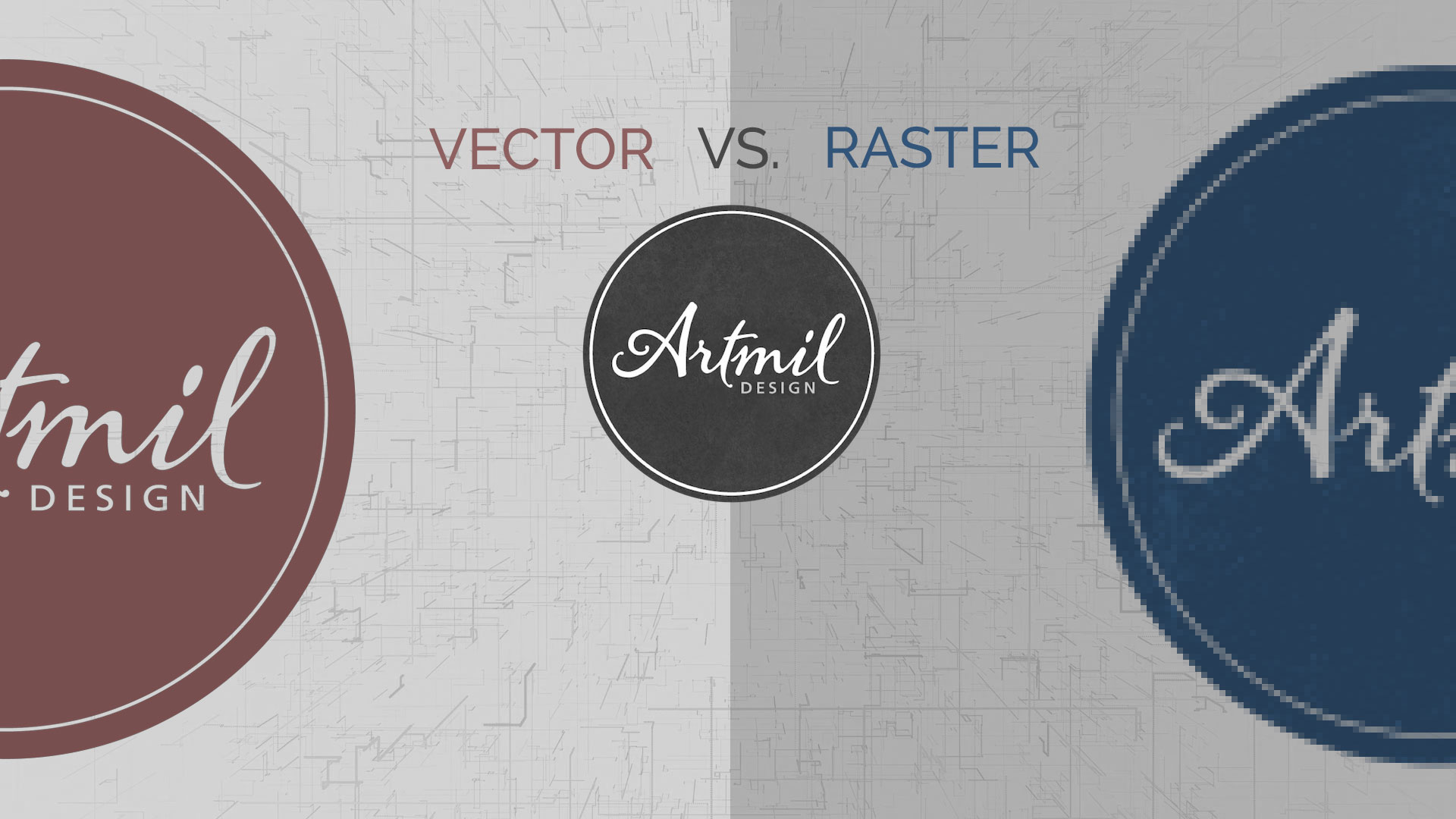
Therefore, raster images are not used for logos or illustrations that are expected to be resized frequently. This means that when the image is resized, the image will be distorted or blurry. TIFF (Tagged Image Format File) – lossless file compression format.Īn important feature of raster art compared to vector graphics is that the number of pixels in each image is fixed.GIF (Graphic Interchange Format) – format for animated raster images.PNG (Portable Network Graphics) – format that allows displaying a transparent background.JPEG (Joint Photographic Experts Group) – the main format for compressing and storing photos.The most common types of raster files are: The number of pixels in an image is determined by the file type. By enlarging the raster image, you will see how the pixels become sharper while image details become more blurred. The more pixels in an image, the better it is. Each color pixel contributes to the overall image. Raster graphics are images that are made up of pixels − tiny colored squares that, in large numbers, can form highly detailed images. So let’s take a closer look at what is the difference between vector and raster and in what cases artists use these types of art. The ability to understand all the intricacies of both formats is an important skill for every designer and person who has definite plans for one of them. After all, games using 2D vector and raster graphics are created much faster and are less demanding on hardware. In today’s world of ultra-realistic AAA graphics, 2D vector vs raster options are more commonly used by indie developers for simple point-and-click products. Each of these types of graphics has its own advantages depending on the purpose and application. A lot has already been said about what the difference between vector and raster is. If you’re still unsure about the difference and would rather we handle the design, we would be glad to help! If you haven’t reached out yet, get started on a quote by clicking here. The bottom line is that vector graphics are far better than raster graphics for print quality and setup. Vector graphics typically come in any of the following file formats: AI, EPS, DXF, SVG or PDF. They are also more malleable than raster images: vectors are much more versatile, flexible and easy to use. Consequently, vector graphic files are much smaller, are infinitely scalable and always print a crisp image. While raster graphics consist of a large grouping of points in a grid, vector graphics use mathematical formulas to describe the image. Vector graphics are best for printing because the file is created and saved as a sequence of commands or mathematical statements. Common raster graphics include BMP, TIF, GIF, PCX or JPG file formats. Raster graphics are less economical, less versatile and more unwieldy to work with than vector graphics. While rasters may be scaled down (to an extent), trying to make a raster graphic larger will result in a blurry and rough-edged image. Raster graphics are resolution-specific, meaning trying to scale a raster graphic most often results in loss of quality. Most images you see on the screen of your computer, tablet or cellphone are raster graphics. A pixel is a physical point in a picture (a single dot of color), which is arranged along with thousands of other points. The primary difference between vector and raster graphics is that raster graphics are composed of pixels, while vector graphics are composed of paths. vector graphics? Here’s a quick run down. You may still be wondering, why does it matter? What’s the difference between raster graphics vs. With this in mind, we recommend you provide us with a rough concept and then work with our creative team of expert designers to prepare your design. If the file does not much the necessary standard of quality, we may have to recreate the file.

Now you may have a particular image already in mind perhaps something you designed yourself. Vectors offer a better end product than the more common alternative known as raster graphics. One of the ways we carry out this goal is by using the best possible file type for your design: vector graphics. We want to design a product that exceeds all your expectations. Our goal is to bring your ideas to life, your concepts into reality.


 0 kommentar(er)
0 kommentar(er)
